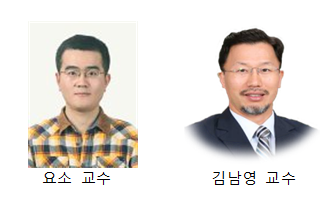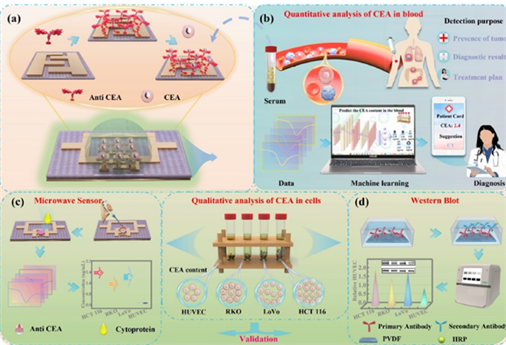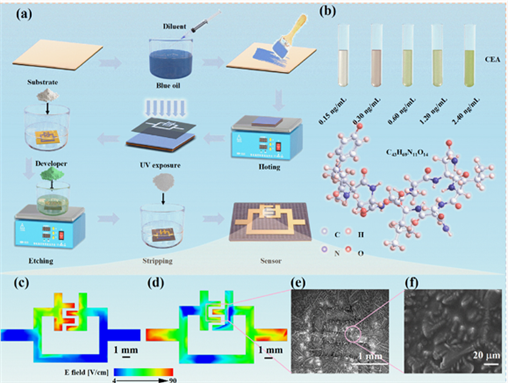Prof. Namyoung Kim and His Research Team Develop a Biosensor using Microwaves
- admin
- 2024-11-29
- 1125
· Prof. Namyoung Kim (Department of Electronic Engineering) and His Research Team Develop a Biosensor for Detecting Ultra-Low Concentrations of Carcinoembryonic Antigen (CEA) using Microwaves
31 Views | Created
2024.11.18 | Last Modified 2024.11.18 | Public Relations Team
·
Professor
Namyoung Kim (Department of Electronic Engineering) and His Research Team
Develop a Biosensor
For Detecting Ultra-Low
Concentrations of Carcinoembryonic Antigen (CEA) using Microwaves
- Published in the
scientific journal Biosensors and Bioelectronics (JCR ranking: 97.6%, Q1, IF:
12.6) -
- Successfully developed
a biosensor for detecting ultra-low concentrations of carcinoembryonic antigen
(CEA) -
A research team led by Professor Namyoung Kim
from the Department of Electronic Engineering at our university, in
collaboration with Professor You Xiao from Qingdao University (a Ph.D. graduate
of Kwangwoon University's Department of Electronic Engineering), successfully
developed a biosensor for detecting ultra-low concentrations of
carcinoembryonic antigen (CEA).

This study highlights that the early diagnosis
and screening of tumor markers are essential for effective cancer treatment, as
well as for improving the efficiency and prognosis of treatments for tumor recurrence
and metastasis. A circuit based on an interdigitated split-ring resonator
(IDTSRR) was developed and applied to a microwave biosensor, combined with
machine learning, to detect ultra-low concentrations of carcinoembryonic
antigen (CEA). CEA was detected using a microwave sensor operating at a
resonant frequency of 4.33 GHz, and it was found that the sensor generated new
frequencies in the range of 1?2 GHz when exposed to CEA analytes. The position
and intensity of the newly generated frequencies can be used to characterize
and predict the concentration of the CEA solution.
The proposed sensor demonstrates excellent
resonant linearity (R2 = 0.999) for various concentrations of CEA, with an
extremely low detection limit (39 pg/mL) and high sensitivity (27.5
MHz/(ng/mL)). A machine learning approach was implemented to predict the CEA
concentration in blood samples, and the results were found to closely match the
concentrations detected by the sensor. Western blot was used to compare the CEA
content in four cell types, and the biosensor was utilized for validation. The
results of both experiments demonstrated a good level of agreement. This is the
first case of verifying the reliability of a biosensor at the cellular level. The
proposed concept demonstrates excellent detection performance for convenient
and rapid tumor marker detection. Therefore, it holds significant value as a
supplementary diagnostic method for cancer.

[Photo description: Overview of the CEA
concentration detection system]

[Photo description: Sensor fabrication process
and CEA molecular structure. (a) Overview of sensor preparation using
photolithography and chemical etching, (b) Molecular formula and 3D model
representation of CEA, (c) Electric field simulation of the pure sensor, (d)
Electric field simulation of the sensor with a solution, (e) SEM
characterization analysis after solution deposition, (f) Partial amplification
after solution deposition
This research was
published in the internationally renowned journal Biosensors and Bioelectronics
(IF: 12.6; JCR ranking: 97.6%) by Elsevier, under the title "Detection of
carcinoembryonic antigen specificity using microwave biosensor with machine
learning."(https://doi.org/10.1016/j.bios.2024.116908)